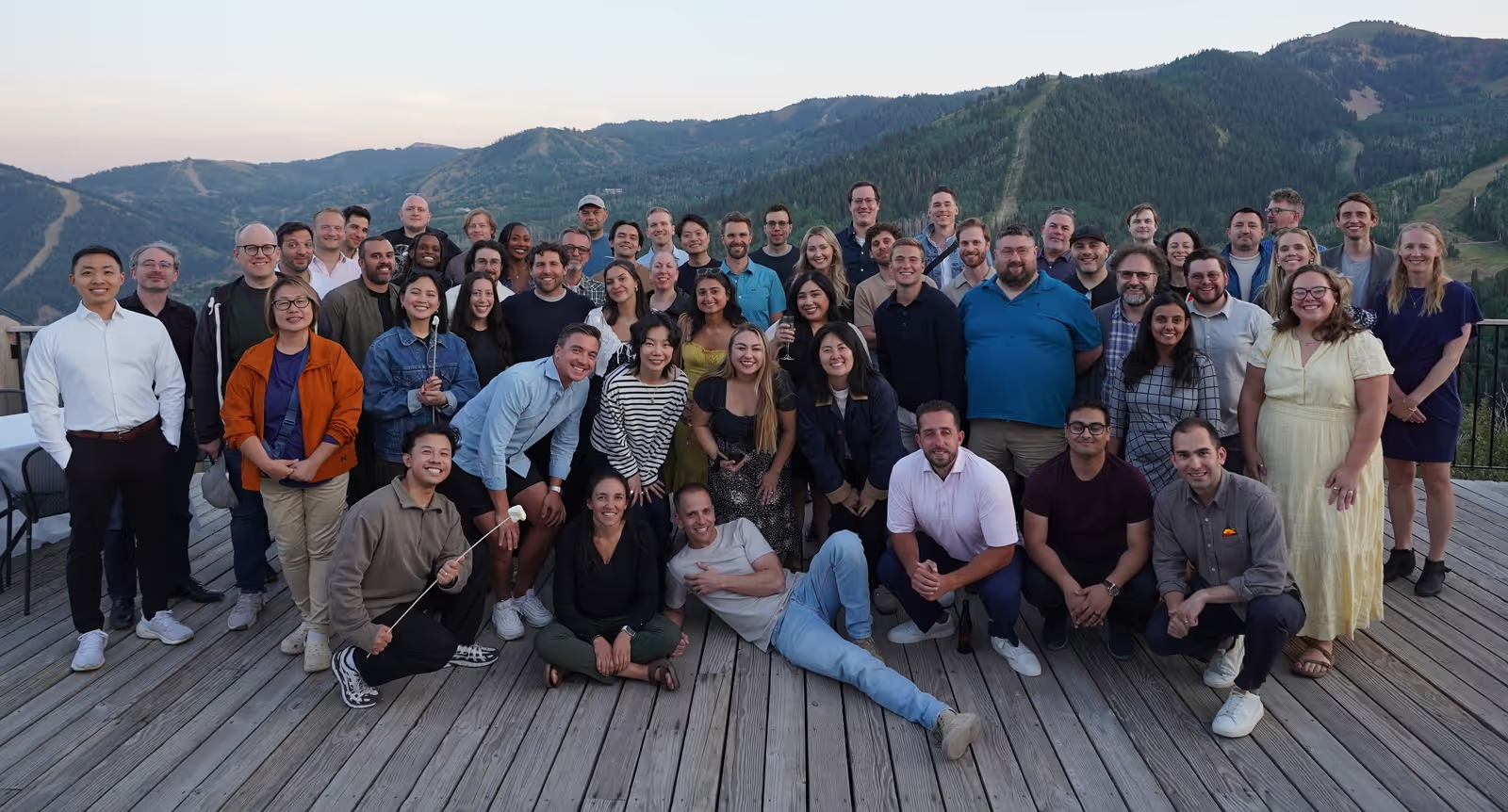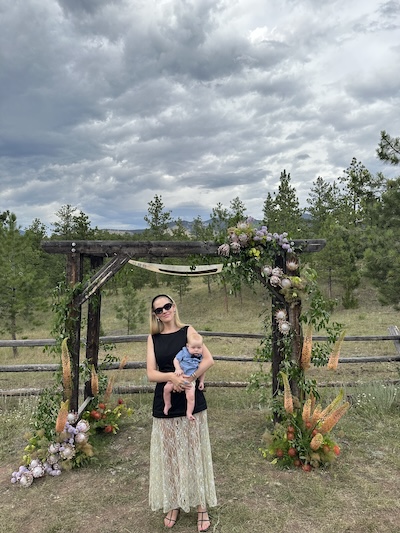Clinicians at the Table: What It Really Means to Build for Providers

Clinicians at the Table: What It Really Means to Build for Providers
How real clinician stories shape our roadmap, our company culture, and the way we build every feature at Freed.




Table of Contents
“Clinician-focused” is easy to say. Harder to do.
Plenty of healthcare tech companies slap the phrase on their website, then turn around and build products that require 40-page manuals and still somehow make documentation take longer.
At Freed, it’s different. Not because we say it is — but because our company actually orbits around the clinician. It’s the fabric of how we operate (and why we even exist).
Every all-hands, every roadmap planning session, every UX decision starts with the same question: How does this make life better for the people in the room with patients?
Here’s what it means to build with clinicians at the table for us at Freed.
Walking in our clinicians’ scrubs
Understanding clinicians means more than reading survey responses or analyzing usage data. Our team regularly shadows real clinicians at work — watching them move between exam rooms, balancing complex visits, and using Freed in the wild.
Our founder Erez is married to a clinician, so he knows generally what her day is like. Nonetheless, he was shocked at how rigorous and busy a clinician’s day is after shadowing one for a full workday.
“Medical providers are humans too. That’s Freed’s thing. Freed understands we’re people — not heroes on a pedestal. Talk to us like humans.” — Dr. Gabi Meckler and wife of Freed CEO
These experiences shape what we build. They’re why our interface is optimized for quick-switching between patients, why we designed note output to vary by specialty, and why performance speed is always a top priority. When you’ve seen a family doc juggle 20 patients in a day, you don’t ship friction casually.
Real stories driving company decisions
We open our company-wide meetings with real user stories — before any metric, experiment, or discussion.
Whether it's Natalie, the nurse practitioner who can finally leave work on time to have dinner with her family, or the surgeon who rediscovered her passion for patient care after eliminating weekend charting. These anecdotes are the north star for everything that comes after.
When an engineer hears that a psychiatrist nearly left medicine because of documentation overload, it changes how they think about load times. When customer success hears that a doctor can finally coach soccer again, “user satisfaction” becomes deeply personal.
“At one point, I thumbs-downed a feature, and a customer support person personally reached out, not realizing it was me,” Dr. Meckler said. “They apologized for the feature not working and asked what they could do to help.”
The clinician-driven product roadmap
We don’t build in isolation. Product managers and designers hold regular interviews with practicing clinicians. They observe clinical workflows, dig into how documentation looks in different specialties and build features that reflect those realities.
“It’s been great because you guys iterate so quickly. The feedback is taken, considered, and usually within a day, the Freed product team tells me that I've got some new alpha or beta in my account." — Dr. Patrick Proctor, Cardiologist
Our specialty-specific note templates, for example, came from sessions with clinicians across 12+ specialties. Our engineers learned how a therapy session note differs from a routine physical exam documentation, and how each specialty has unique documentation requirements that affect patient care quality.
This clinician-first approach to product development is how we know our AI doesn't just transcribe. It actually gets the clinical context.
“There’s an obsession with trying to help clinicians,” said Dr. Sharef Danho, a clinical specialist at Freed. “Our engineers have a clear understanding that it's a hard job, and they want to make it as easy as possible so clinicians can focus on the real things.”
When engineers are presented with a feature that would require multiple clicks or windows, "it's a no. We don't want this. We want it to be frictionless. The whole job is filled with friction constantly."
And when it comes to preferences, we don’t default to one-size-fits-all. Instead, we’ve invested in personalization — because no two providers write notes the same way. From template customization to learn formats, Freed flexes.
"There's so much of the work we're doing that comes from understanding that not all clinicians have the same note preferences. As much as possible, we need an individual approach to each of them.” Dr. Sharef Danho, Clinical Specialist at Freed
Product feedback = product fixes
Every piece of feedback from clinicians flows directly into our product roadmap discussions.
When a clinician tells us their EHR doesn't handle our note format well, that’s an engineering ticket. When multiple mental health professionals say our mental status section needs improvement, that’s a redesign sprint.
And when someone posts in our clinician community with a question or blocker? It’s not unusual for our product or clinician success team to jump on a call. One post about template confusion turned into a 90-minute working session — now it’s a new onboarding flow with a demo in our Help Center.
“Most tech companies, especially in healthcare, move slow because they’re disconnected from clinician feedback but Freed flips that. We treat clinicians as partners in helping us build something better for them instead of a customer,” said Dr. Edozie Eze, Business and AI Operations Manager at Freed.
Clinicians at our core
"There's no workflow problem that's been seen as too hard to do. The approach is clear: it's worth trying to do, even if no one's done it before." - Dr. Sharef Danho, Clinical Specialist at Freed
When we say we’re clinician-first, we don’t mean it’s one of many priorities. We mean it’s the lens through which every other decision gets made.
Because behind every note is a person who got into medicine to care for others. Our job is to make that job a little lighter — one saved hour, one simplified workflow, one deeply personal feature at a time.
Learn more about how Freed is helping 20,000+ healthcare providers reclaim their time and rediscover their passion for medicine with a 7-day free trial.
Want to help us build a product that makes clinicians' lives better? We're hiring across departments — check out our careers page.
FAQs
Frequently asked questions from clinicians and medical practitioners.





